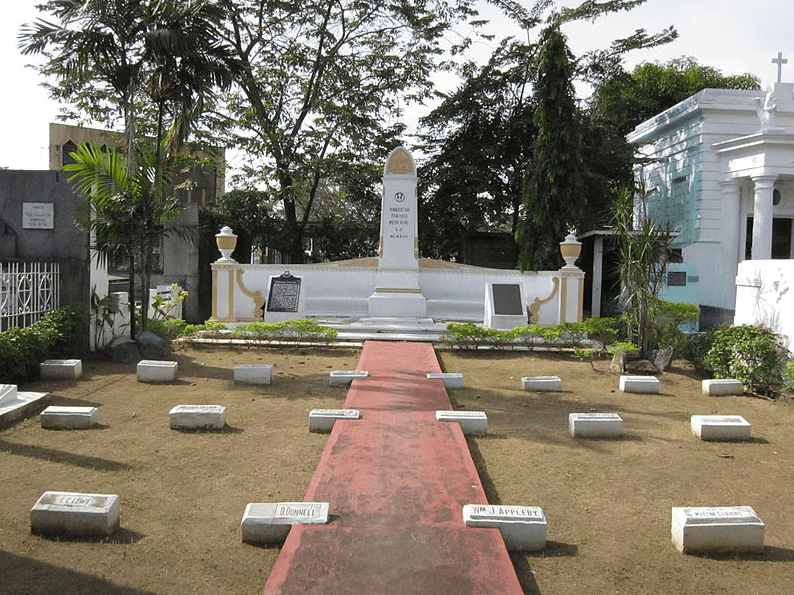Despite the scars that the foreign forces have inflicted on the people of the Philippine Islands, they have no doubt sown the seeds of their cultures in the humble soils of the archipelago – seeds that have now grown even to define the Filipino culture as we know today.
The Spanish rule had taken the most significant share in the formation of modern Filipino culture. The colonialists have not been around the country for a winding 333 years, ruling it with an iron fist to accomplish nothing. But, we are not here to talk regarding the Spaniards, at least primarily. In this post, we are to talk about the cultural impacts of the Philippine-American war.
THE PHILIPPINE-AMERICAN WAR
The Spanish-American war ended the imperialist’s dominion over the Philippine Islands through the Treaty of Paris. Subsequently, amidst the significant political chaos, the United States (U.S.) moved on to seize control of the newly liberated Philippines, resulting in three years of insurgencies and atrocities. In the onslaught of the war between the Filipinos and the Americans, the foreign troops utterly vanquished the clearly disadvantaged natives, gaining complete control. Regardless of the reasons Americans employed in their rhetoric, it didn’t sugarcoat the brutal and atrocious history. Modern resources point that an estimated 200,000 Filipino civilians died in the war – Americans refer to as ‘collateral damage.
In all fairness, the U.S. may have been indifferent to the atrocities of the war. Still, the Americans lived up to their word and made changes to the country, impacting its political and cultural landscape forever.
RELIGIOUS FREEDOM
Over three centuries, the Spaniards ruled the country with an iron fist, converting most islands’ inhabitants to Christians. It was their most notable contribution to the country. Religion was of great import to the people, and those who commit sins against its teachings were severely punished, as may be read in Jose Rizal’s revolutionary novels. The Spanish empire built Christian churches across the archipelago, and some still stand even to this day. Check out A Brief History of the Spanish Empire to know more about the Spanish rule in the Philippines and other territories.
When the secular Americans relinquished sovereignty of the Philippines, they introduced a new perspective on religion, and everyone began to choose freely any religion they deem proper. It led to the rise of other religious sects and groups such as Protestantism. In a way, the Americans liberated the people of their religious conditioning as well. Nonetheless, many people still kept their Christian beliefs and religious practices, as proven by a wide range of festivals that the Filipinos celebrate in honor of the patron saints.
LAND REFORMS
Back in the Spanish era, the church held an almost unquestionable authority over the people and the lands. The Americans’ taking over the Spanish-governed country allowed for purchasing and redistributing churches-owned lands to create a secular state. It was one of the country’s first attempts at land reform. The land distribution was provided for by at least three laws, namely the Philippine Organic Act, the Public Land Act, and the Friar Lands Act.
EDUCATIONAL OPPORTUNITY
In 1899, one of the recommendations that the First Philippine Commission (or Schurman Commission) had made from its investigation of the islands was establishing a new education system, providing the public with free education. To address this, a group of American-commissioned teachers aboard the USS Thomas arrived in the country in 1901.
An estimated 500 teachers or Thomasites brought the American education specifically to the regions where American resistance was most potent. The American teachers established the early education system and learning institutions that taught and prepared them for their future professional careers. The Philippine Normal School, which is now Philippine Normal University, and the Philippine School of Arts and Trades (PSAT) are some of the institutions established during the American era. Further, the Silliman University in Dumaguete City, is the first American higher learning institution in Asia.
Despite being the public’s educators, some Thomasites were not immune to the wrath and violence of the remaining rebels at large. Resources mention that among the original Thomasites who came, 27 of them died in the first two years either through indiscriminate attacks by insurgents or tropical diseases.
AMERICAN’S INFLUENCE ON PHILIPPINE LANGUAGE
Filipinos expertise and command of the English language are highly regarded in the Business Process Outsource (BPO) industry. They are pretty popular in speaking fluent English, using a neutral accent, which is fascinating – given that most Asian countries have distinct English accents. The Filipino’s knack in using the English language may be rooted in the fact that they have received an American-style of education using English as the medium of instruction.
English is the Philippines’ second national language for a reason. In the era of the Thomasites, English was the language used to teach the lessons. The practice carried over through the generations, and even today, one is deemed informal when speaking in vernacular in schools where the language is enforced. Several English words have also been adopted and included in the Filipino (Philippine’s official language) lexicon in terms of vocabulary.
